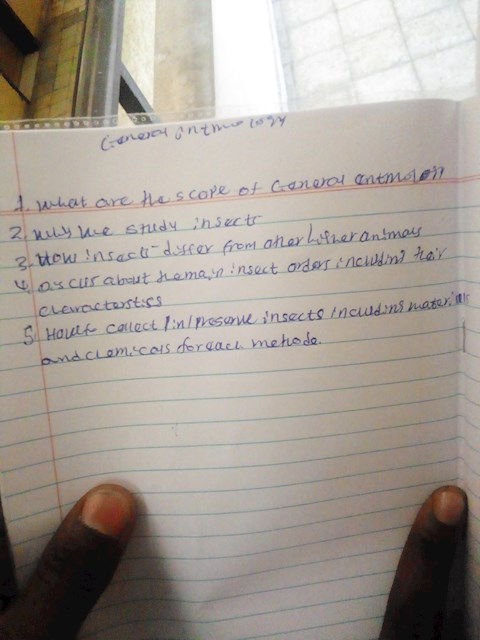
ishetu abdisa
May 27, 2023
What is cell?
1 view

1 view
4 answers
Sort By
Anonymous
May 27, 2023
A cell is the basic structural and functional unit of all living organisms. It is the smallest unit of life that can carry out all the processes necessary for the survival and reproduction of an organism. Cells are incredibly diverse and can vary in size, shape, and function depending on the organism and the specific tissue or organ they belong to.
Cells are enclosed by a cell membrane, also known as the plasma membrane, which separates the internal components of the cell from its external environment. Within the cell membrane, various structures and organelles perform specific functions to support the cell's activities.
The two primary categories of cells are prokaryotic cells and eukaryotic cells. Prokaryotic cells, found in bacteria and archaea, are simpler in structure and lack a nucleus or membrane-bound organelles. In contrast, eukaryotic cells, which make up plants, animals, fungi, and protists, have a defined nucleus that houses the genetic material (DNA) and possesses various membrane-bound organelles such as mitochondria, endoplasmic reticulum, Golgi apparatus, and others.
Cells are responsible for carrying out essential processes such as metabolism, growth, reproduction, and response to stimuli. They obtain nutrients, eliminate waste, generate energy, synthesize proteins, and coordinate various functions to maintain the overall health and functioning of the organism.
Understanding the structure and function of cells is crucial in fields such as biology, medicine, and biotechnology, as it helps scientists comprehend the intricacies of life and develop advancements in various areas of research and technology.
3

Unknown
May 28, 2023
Cell is the smallest part of the tissue
2
Anonymous
Oct 31, 2023

Write answer
1

Hasnain razakh
Oct 12, 2024
What is cell
0